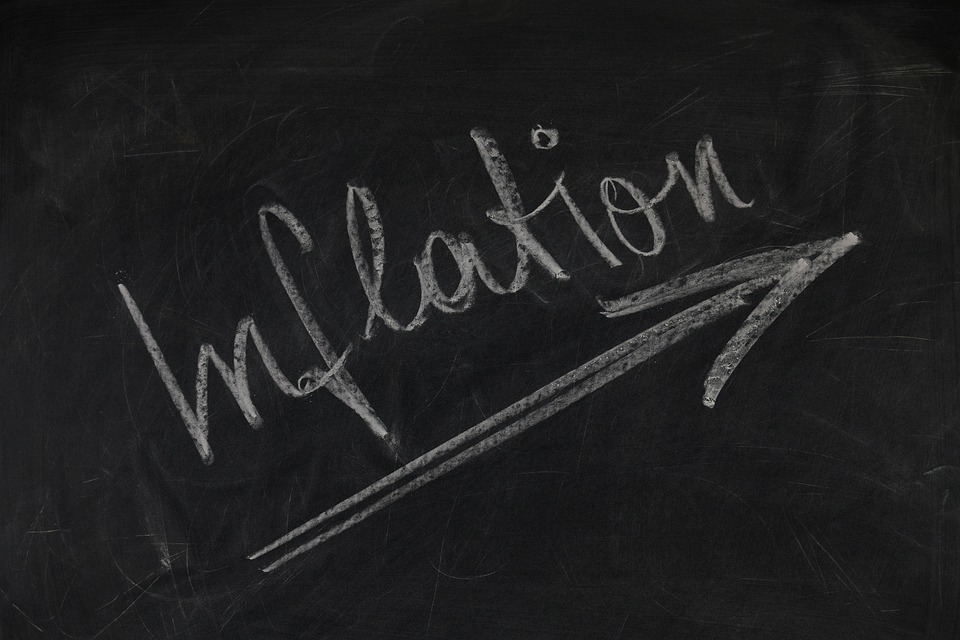 Image Source:
Image Source:
The latest economic data reveals a welcome moderation in inflation, as the personal consumption expenditures (PCE) price index rose by a less-than-expected 0.1% in November.This figure, a notable decrease from October’s unrevised 0.2% gain, coupled with solid but somewhat disappointing consumer spending, has provided some relief to markets that have been grappling with the Federal Reserve’s recent “hawkish” rate cut.This report presents a complex picture for policymakers and investors alike, as they balance the need to control inflation with concerns about economic growth.
Inflation eases, but remains above target
The Commerce Department’s report on Friday also showed that the PCE price index increased by 2.4% in the year through November, up from 2.3% in October.This slight rise in the annual inflation rate is partially attributed to lower readings from last year dropping out of the calculation.Excluding the volatile food and energy components, the PCE price index climbed by 0.1%, a decrease from October’s unrevised 0.3% gain.In the 12 months through November, core inflation increased by 2.8%, matching October’s figure.This mixed set of data highlights that while price pressures are easing, inflation remains above the Fed’s 2% target.
Market reaction
According to a Reuters report, the market’s response to the inflation data was notable, as the S&P 500 pared some of its earlier losses, closing down -0.51%, while US Treasury 10-year yields fell to 4.506%, and the two-year yield declined to 4.259%.The dollar index also showed a loss of 0.42%.As Adam Sarhan, chief executive of 50 Park Investments, noted, “The market is having a little bit of a relief rally here… The Fed came out on Wednesday and said inflation is still public enemy No. 1. They cut rates but… inflation was still not where they wanted it to be.”Sarhan also states that “So, it’s a bullish reaction from the major indices’ standpoint… because the data takes away the threat that inflation is out of control… Today’s data doesn’t force the Fed’s hand. It’s not hot enough where the Fed has to raise rates, and hence the relief rally. And we’re really oversold in the short term.”Chris Zaccarelli, chief investment officer at Northlight Asset Management, told Reuters that “The market woke up in a terrible mood – an unexpected government shutdown and a more-hawkish-than-expected Fed are to blame – but this morning’s inflation data came in lower-than-expected and took some of the edge off.”However, he also points out that “We expect the market will continue to sell off into the weekend, but we will be watching the last 15 minutes of trading today to see how we finish. If the selling builds throughout the day and there is momentum (to the downside) heading into the weekend then that would be a bad sign for next week, however, if we see some dip-buying later today and the market finishes significantly higher than the lows of the day would suggest, then that would make us more optimistic for next week.”The market’s response seems to reflect a battle between short-term relief and lingering doubts about the Federal Reserve’s future actions.
The Fed’s balancing act
Brian Jacobsen, chief economist at Annex Wealth Management, told Reuters that, “Powell must be getting tired of the data undermining things he says. Lower inflation than expected and slower spending growth don’t corroborate the Fed’s sudden tilt towards hawkishness. The jump in auto sales isn’t likely going to be a massive driver of growth over the next year. Consumers aren’t shelling out more on everyday spending items. The Fed will likely change its tune once again sometime soon.”The conflicting economic signals present a challenge for the Fed, further emphasizing the complexity of navigating economic policy amidst uncertain market conditions.US Stocks Futures Dive Lower Over Govt Shutdown Fears Ahead Of Key Inflation Data Release GBP/USD Forecast: Sterling Outlook After The BoE, Fed Decisions? Fed Outlook Sends Oil Prices Lower Amid Demand Concerns







